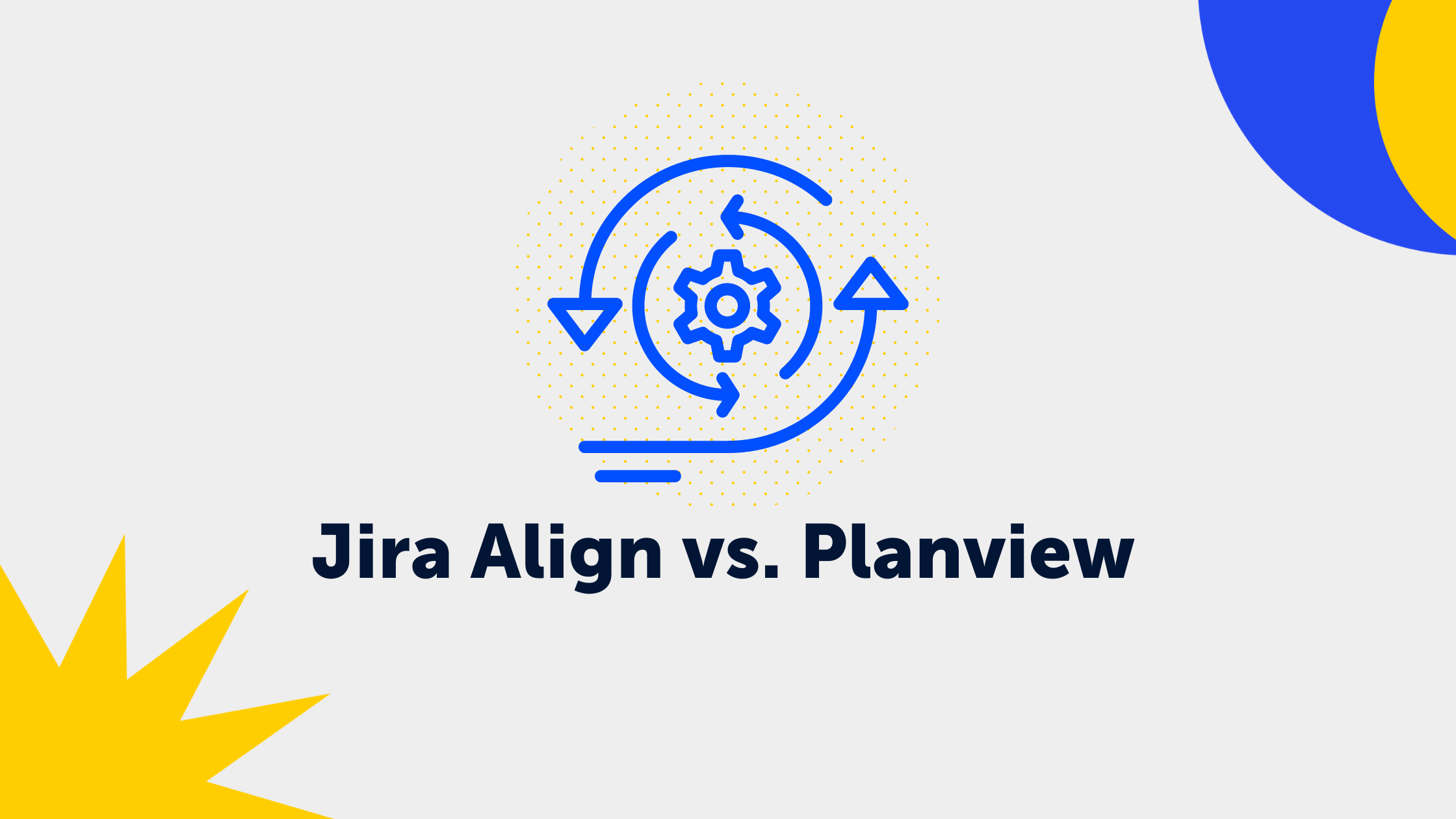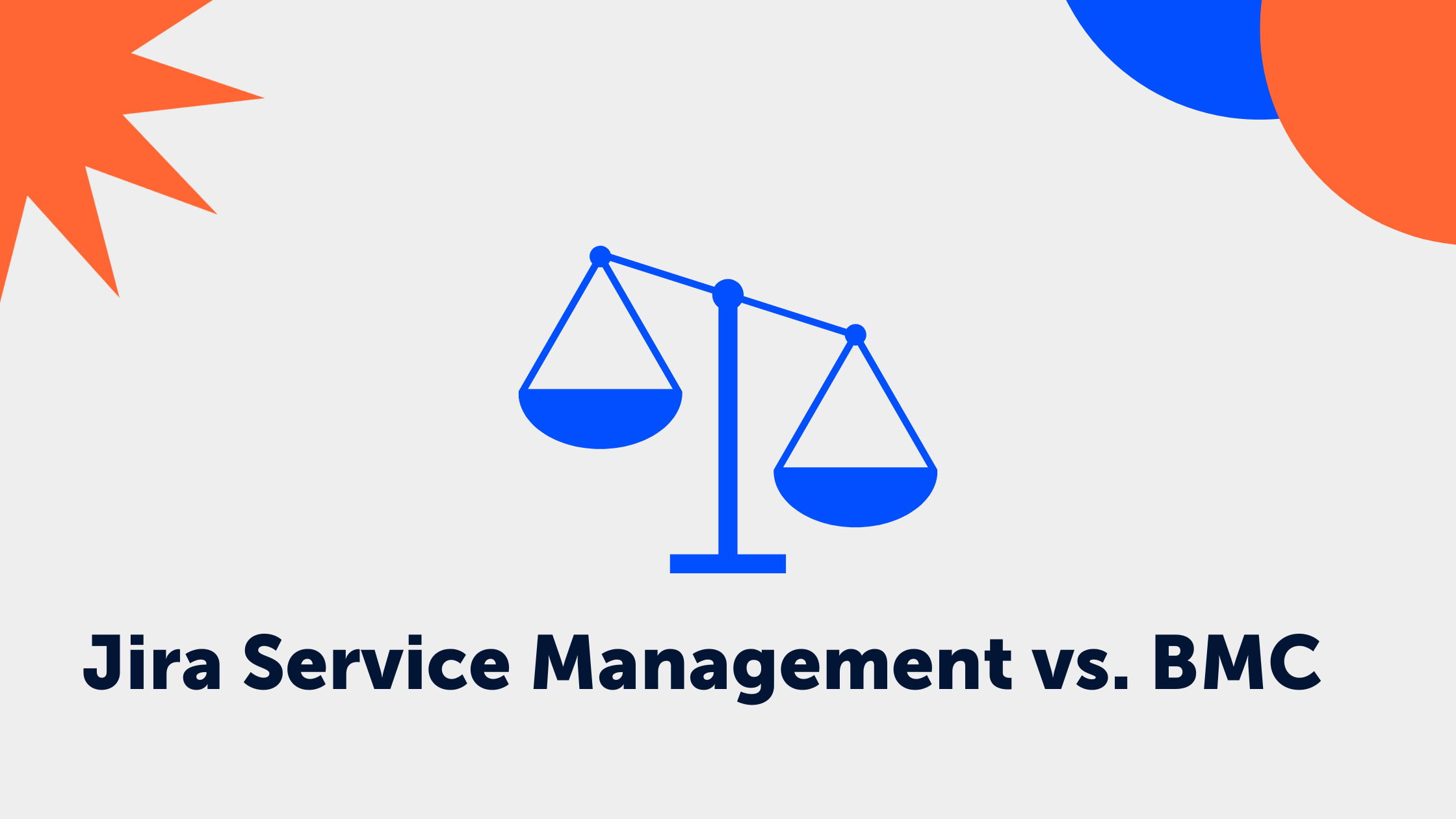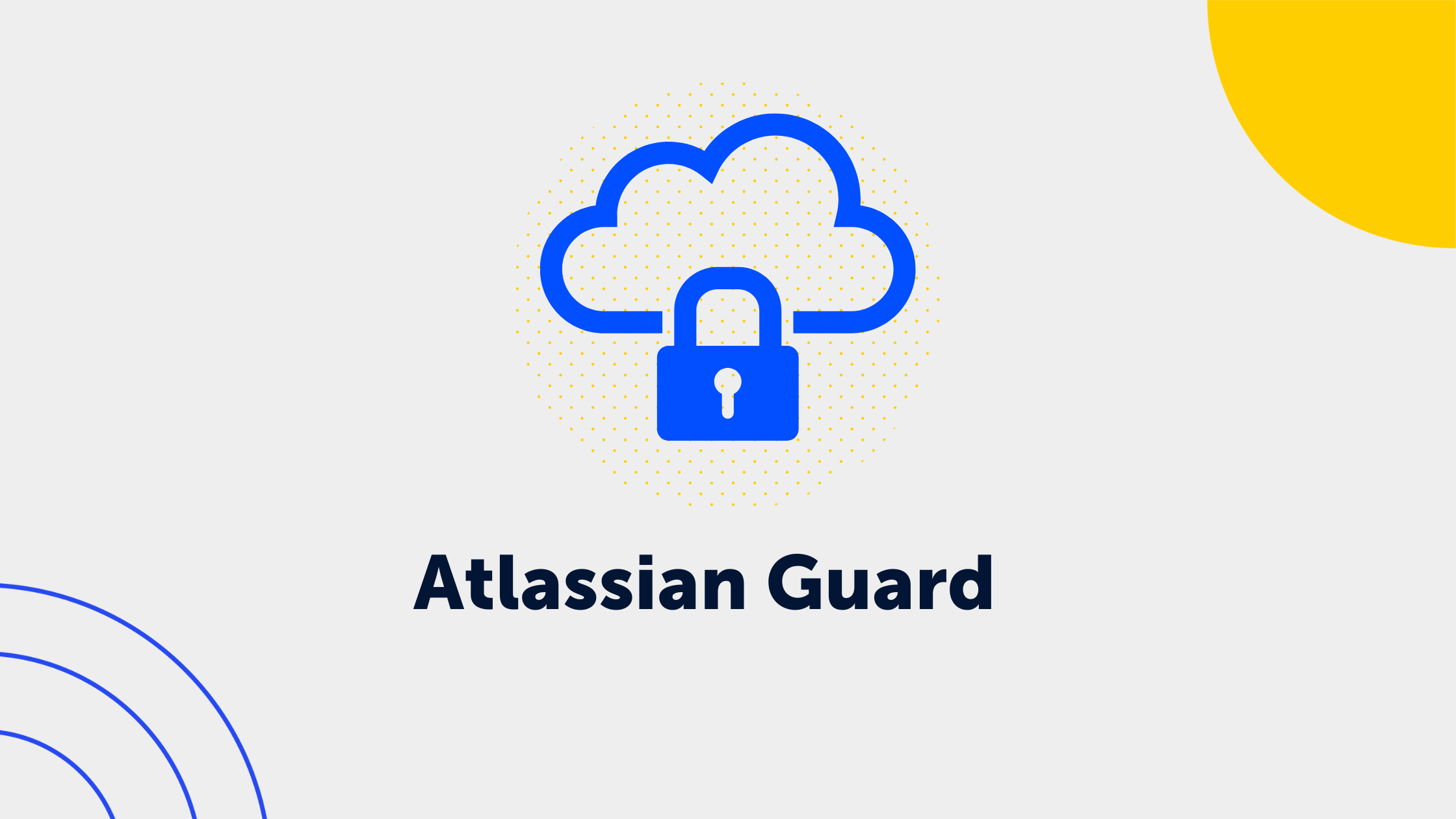2 min read
Why you should clean up your Jira and Confluence Instance - your Checklist
.jpeg) Stephanie Gaye
:
Feb 28, 2024 9:30:00 AM
Stephanie Gaye
:
Feb 28, 2024 9:30:00 AM
Jira and Confluence boast exceptional organizational and collaborative features. However, like many other tools, they can get a bit chaotic after extensive use. Therefore, you should regularly clean up your Jira and Confluence instances, just like you do with your desk or inbox. In this article, we explain why it's crucial and provide a practical checklist for your clean-up.
Why is a Clean-Up necessary?

At first, this clean-up may appear to be mainly a time-consuming task and is often ignored or postponed. But don't be fooled - the clean-up is vital for the performance of your instances. Here are a few essential reasons why you should take your clean-up seriously:
-
Efficiency and Performance: Unused tickets, comments, and attachments take up valuable storage space and can impair the performance of your system. A clean system runs more quickly and smoothly.
-
Clarity: Over time, many unnecessary pieces of information pile up, making navigation and searching for relevant content more challenging. A clean-up helps improve clarity and prevent frustration among users.
-
Security and Compliance: Old content no longer needed often contains confidential data better off deleted. Additionally, data retention policies might require regular purging.
Jira and Confluence Clean-Up Checklist
Dozens of old projects, duplicates, unused custom fields, screens, workflows, etc., accumulate in your instances over the years. The longer you put off your clean-up, the more data piles up, and the longer it takes. So don't wait any longer and get started right away.
Our checklist can help you with your clean-up:
☑️ Set clear criteria for deletion
Define which data should be deleted or archived according to their relevance. These may be specific projects, issue types, or workflows that are no longer needed.
☑️ Check and delete unwanted tickets
Search your tickets based on the criteria you defined (e.g., inactivity or irrelevance) and delete or archive them accordingly.
- Inactive Issues: Issues that haven't had a status update for quite a while.
- Closed / Completed Issues: Consider whether you want to archive or delete older, completed issues.
☑️ Archive old projects
Projects that have been completed or are no longer being used should be examined. Decide here whether they should be archived or deleted.
☑️ Clean up user accounts
For user accounts, you should check:
- Inactive Users: If the users or groups have been inactive over the last few months, it might make sense to deactivate or delete these accounts.
- Access Rights: Are the access rights correctly configured? Are there users who have more rights than they actually need?
☑️ Remove redundant add-ons or plug-ins
Plug-ins and add-ons that are not being used slow down your system and can pose security risks. Keep only those that you really need.
☑️ Check your security settings
Take the time to check the permission settings in your instances. Pay particular attention to:
- Permission Schemas: Are these still up-to-date and secure? Do they grant the right access to the right people?
- Project Roles and Groups: Are the roles and groups correctly defined and permissions accordingly assigned?
☑️ Simplify your workflows
A complex workflow is often hard to understand and manage. Think about which workflows are overly complex and could be simplified or even deleted.
☑️ Check your fields and screens
Keep only the relevant fields and screens. Specifically, check them for:
- Custom Fields: Are all custom fields that were created still needed, or can some be cleaned up?
- Screens: Are the screens still useful and relevant to the information displayed, or could they be consolidated or removed?
We recommend following up your major clean-up with regular tidying of your instances (depending on the instance size, for example, at least annually). This prevents the accumulation of redundant data and saves you time and energy in the future.
Don't feel like cleaning up yourself?
Just sit back and let us do the work for you. We handle your entire clean-up for a fixed price.
Buy 2 and get a 5% discount on your Clean-up Packages*
Check out our Clean-up Package
*Until May 31, 2024, you will receive a 5% discount on your purchase when you buy more than one Clean-Up Package.
With these tips, you and your team are well-prepared to keep your Jira and Confluence instances clean and efficient. A tidy system means less frustration, an improved user experience, and ultimately, increased productivity. Happy cleaning!


